We may receive a commission when you use our affiliate links. However, this does not impact our recommendations.
Before Joseph Moxon’s “Mechanick Exercises,” there was André Félibien.
Félibien (1619-1695), was an early and important art critic and published a book in 1676 on the tools and processes used by woodworkers, sculptors, painters and architects called “Principes de L’architecture….”
The book, published anonymously, is beautifully illustrated. And the plates were almost certainly copied by Moxon when he published “Mechanick Exercises” several years after the appearance of “Principes de L’architecture…” in France.
But I’m not here to harp on Moxon. Instead, let’s take a close look at two of the things that Moxon didn’t steal from Félibien.
Plate LXV (65) is one of my favorites. Tucked into the back of this workshop scene are two interesting things to see.
First, look at the workbench. Yup. That’s a sliding deadman (sometimes called a board jack) on the bench. During the last eight years, I’ve caught a serious rash of crap for putting a sliding deadman on my French workbench. The criticism was that French benches didn’t use board jacks.
Well at least one Frenchman did.
The other thing – far more interesting, actually – is the stick that is wedged between the roof and the workbench. Félibien calls this a “Goberge,” which translates as “pollock” (no lie). These are sometimes called “go bars” in modern parlance, which might be a bastardization of “goberge.”
In any case, the goberge is one of my favorite clamping tricks for tricky operations and is worth adding to your arsenal (that is, if you can find a stick).
The best thing about the goberge is that you don’t have to wedge it against the ceiling to make it work. It works almost any place. Here’s a good example.
When I build tool chests, sometimes it’s tricky to get the exterior skirts to attach to the carcase without a sliver of a gap somewhere around the edge.
Goberge to the rescue.
In the following photo, imagine that Roy Underhill is the goberge. From inside the carcase, Roy-goberge can push out on the walls of the carcase to close up gaps between the skirting and the carcase while the glue sets up.
Let’s say you don’t have a Roy in your shop. Then get a beefy stick. Crosscut it to about 1/8” longer than the internal dimension of your carcase and wedge it inside the carcase with a mallet. You can use several goberges to put pressure right where you want it.
Thanks Félibien.
— Christopher Schwarz
Psst. Like old stuff like this? You might consider picking up a copy of “The Joiner and Cabinet Maker,” which contains a rare 1839 account of life in a rural English workshop. There’s lots of great information in there, from how to cut a dado with two simple hand tool to how to rehandle your chisels. “The Joiner and Cabinet Maker” is available in ShopWoodworking.com.
Here are some supplies and tools we find essential in our everyday work around the shop. We may receive a commission from sales referred by our links; however, we have carefully selected these products for their usefulness and quality.



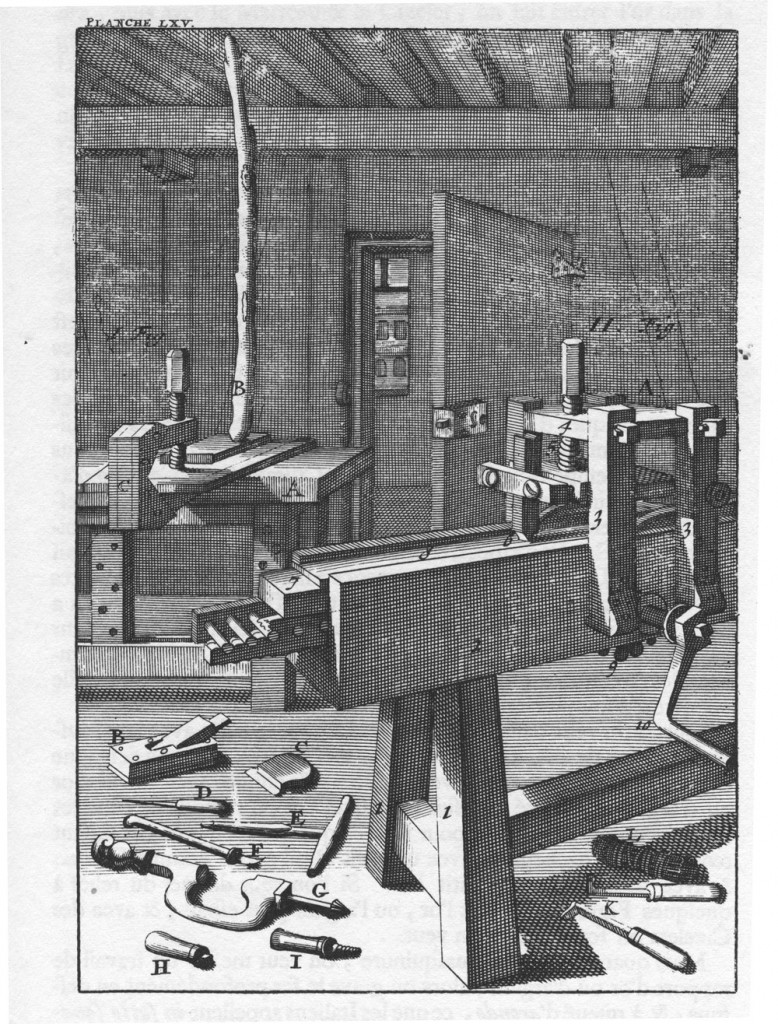

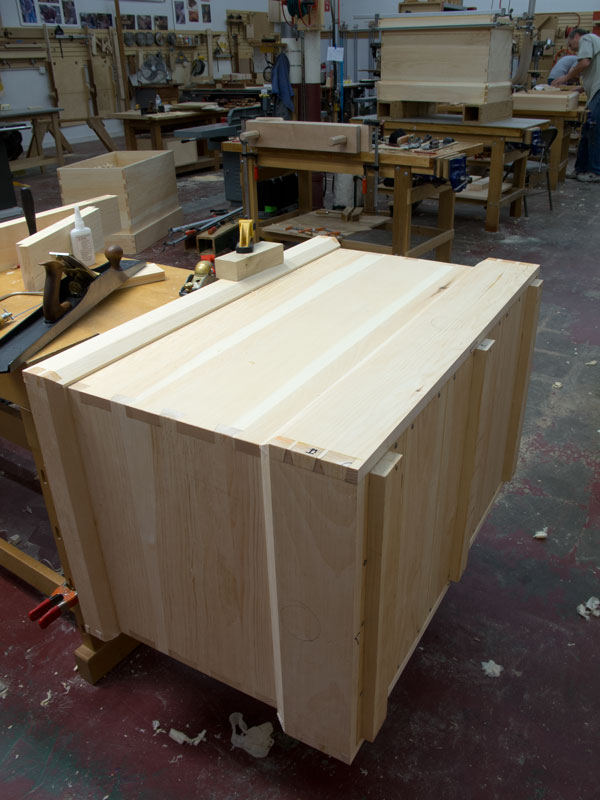
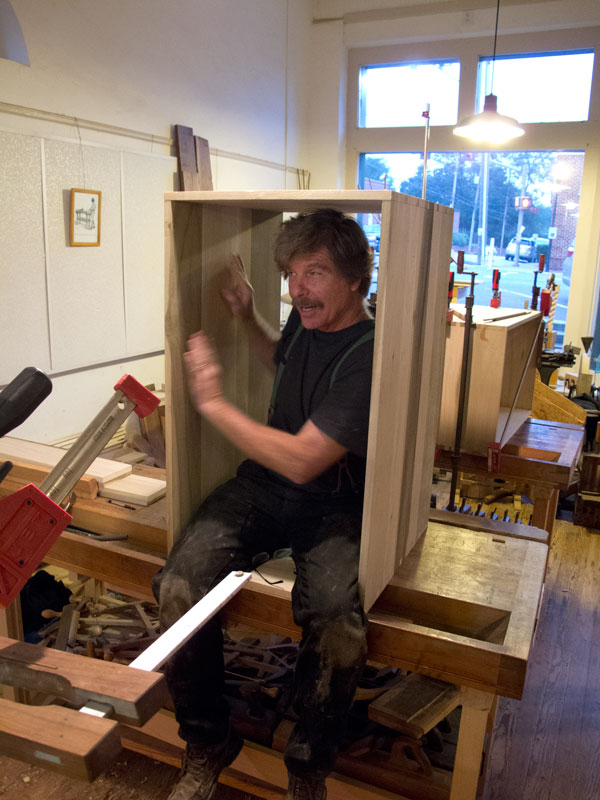





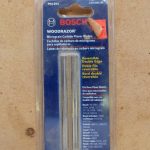
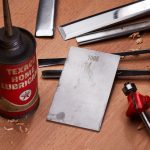
Think I know why you like early woodworking stuff. In Popular Woodworking issue #207, pg 39, paragraph 2, you claim “-I’ve seen on chests IN the 18th and 19th centuries.”. My compliments on a very long life, sir! LOL, I believe you should’ve written “of” or “dated to” vice the word “in”???????? Otherwise, thanks for an excellent article.
I also see a pair of drawer lock chisels next to the polissoir, although Félibien probably has a different name for them that you have to say with an outrageous French accent. I think the one in the Seaton chest was called a “bolting iron” and had both the straight and right angle blades on a single handle.
I just did a quick search, the book is available on Google Books: http://books.google.com/books?id=cHg_AAAAcAAJ&dq=André+Félibien&source=gbs_navlinks_s. He calls the chisels “Fer pour l’ ouverture des Pênes appelle Forme à crochu”, which Google translates as “Iron for the opening Bolts called to form hooked”. I’m sure that makes more sense with a Monty Python French accent.
Is that a polissoir under the waving engine (item L), or just a broom of some sort?
A modern version of the “goberge” is used quite often in the fabrication of the interior of an acoustic guitar. Courtesy of Ultimate Guitar Online: http://ultimate-guitar-online.ultimate-online-services.com/zencart/images/gb-1.jpg
…These are sometimes called “go bars” in modern parlance, which might be a bastardization of “goberge.”…
“goberge” in turn appears to be a corruption of “écoperche” (scaffold pole).
It’s a waving engine – outil a ondes. A device for making rippleform mouldings.
Is that a calorie-powered planer? I think I see the Delta symbol….